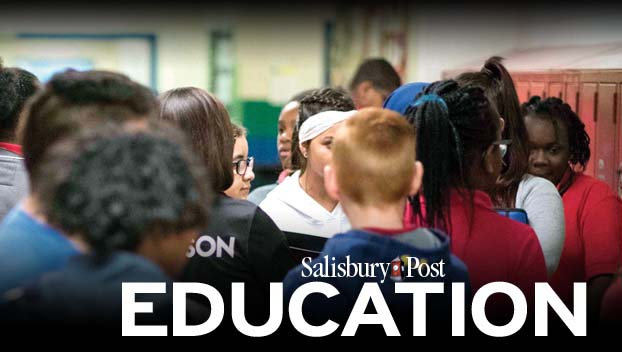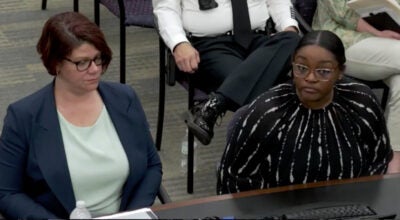State budget process could mean big gains or loss of funding for schools
Published 12:10 am Sunday, October 17, 2021
SALISBURY — Uncertainty looms over every school district in North Carolina as state budget negotiations drag on, and the outcome could slow down a major funding goal for Rowan-Salisbury Schools.
Every district in the state is holding out hope for significant pay raises for staff funded by the state and minimum wage for state workers to be raised to $13 per hour along with corresponding state funding included in drafts of the budget. There are also questions about how the state will consider per-student funding for public school districts.
Those measures have financial implications for RSS, which is working on a pay study for classified employees. The study should result in significant pay increases for hourly workers such as bus drivers and nutrition staff. The state minimum wage increase would boost the district’s starting pay. The full implementation of the RSS pay study also would increase the pay going to veteran employees.
The district pay for classified staff is on the low end when compared to neighboring and comparable districts, and demand for those workers is at an all-time high.
The district’s best-case scenario, if state and local funding materializes, is to implement the study’s findings in three years. RSS Chief Financial Officer Carol Herndon said funding setbacks would spread the process out over a longer time frame.
“We wouldn’t just give up,” Herndon said, noting the finance department would look at prioritizing which positions would be implemented first.
The extent to which funding will be supplemented or reduced is an open question, and districts are waiting for answers.
“Most of the districts I have interaction with regularly are experiencing the same concerns around the state budget, and that is ‘When will we get one, what provisions will be included, particularly around salaries and benefits, and then will there be a held harmless provision for allotted ADM?” Herndon said.
Average Daily Membership, or ADM, is the metric the state uses to determine funding awarded to districts per-student.
The pandemic interrupted the usual way ADM was calculated. The highest student population RSS saw in the 2019-2020 school year was 18,741. In 2020-2021, the highest number recorded was 18,074. However, the state didn’t subtract funding for lost students last school year. So, RSS kept an ADM close to the 2019-2020 number.
This year, while the district has not recorded its best-of figure yet, the ADM is hovering around 18,000. The district based its 2021-2022 budget off a state-provided number that was somewhat higher — 18,402.
The student population in RSS has been gradually declining for about a decade, but even districts that consistently seeing growth watched their ADMs decline during the pandemic. Charlotte-Mecklenburg Schools recorded a final ADM of 146,255 for the 2019-2020 school year, according to the N.C. Department of Public Instruction. For 2020-2021 year, Charl0tte-Mecklenburg recorded a final ADM of 137,578.
Districts won’t go back to the 2019-2020 numbers. But RSS could receive an allocation that’s slightly higher than its actual student population if the state keeps districts at the planning allotments. If districts are held to their actual student populations, RSS may send money back to the state.
Districts are hoping for some kind of answer on these issues so they can move forward. In the absence of a budget, there is no certainty.
“Half the time what you hear, you don’t know if it’s coming out of Raleigh for real,” Herndon said.
What is happening with the budget and what happens if it doesn’t pass?
Districts hoped for a finalized state budget by the end of September, but there is no date in sight more than halfway through October. The budget negotiation process is happening behind closed doors in Raleigh between Gov. Roy Cooper, State Speaker Tim Moore and Senate Leader Phil Berger.
Because of gubernatorial vetoes, state government has not finalized a budget since 2017. Negotiations have continuously failed and the state has resorted to passing piecemeal funding bills.
The state is also facing pressure from Superior Court Judge David Lee to act on remediation outlined in rulings on the landmark case Leandro v. State of North Carolina. The plan requires $5.6 billion in additional recurring funding for K-12 education through 2028. Cooper’s proposal includes $725.6 million for the 2021-2022 budget year and $1.15 billion for 2022-2023 budget year, but both the House and Senate budgets allocated a fraction of those amounts.
If no budget is passed is enshrined in state law, funding continues at the same level as the previous year and pay increases are subject to approval by the General Assembly.
“Hopefully, if the state does get stuck from a budget perspective, we’ll have another opportunity next year,” Herndon said. “It really is a year at a time.”
Herndon said the district is prepared to step back and make funding choices it would have to if it does send money back to the state.





